Control strategies for Campylobacter must take into account non-genetic factors
Research indicates that a better understanding of the impact of environmental and non-genetic factors is needed to reduce the presence of the bacteria in birds.
Researchers from the Royal Veterinary College and the Roslin Institute in Scotland have investigated the genetic makeup of 3,000 broilers to see if parts of their genetic code were associated with resistance to colonization by Campylobacter. For this, variations in the genome of chickens and the association with Campylobacter number in the intestine of birds were sought. The team combined the data with gene expression analysis in chickens that were resistant or susceptible to colonization by bacteria.
A possible control strategy for campylobacteriosis is to select birds with higher resistance to Campylobacter, due to the lack of effective vaccines and treatments for pre-slaughter control.
Genome related to resistance to bacteria
Professor Mark Stevens of the Roslin Institute explained that the research looked for regions of the chicken genome associated with resistance to the bacteria.
“Our data indicate that there is a low genetic basis for resistance to colonization by Campylobacter and also show that non-genetic factors play a more significant role in the transport of this bacteria in chickens. Furthermore, the genome regions associated with resistance to colonization were highly prevalent in the chicken line studied ”.
Environmental and non-genetic factors
The study found that, although there are genetic factors that influence Campylobacter colonization, they play a minor role, so the impact of environmental and non-genetic factors needs to be better understood to reduce levels of the bacteria in birds.
All chickens were naturally exposed to Campylobacter in the research, reproducing the exposure conditions they would have in a commercial farm during 16 months of sampling.
Males had a higher Campylobacter load than females, and levels showed seasonal variability, with the sampling date having a significant impact, while body weight had no significant effect.
Other non-genetic factors that may explain variation in colonization by Campylobacter are variation in strain, time and level of exposure concerning sampling, coinfections, variation in gut microbiota and diet, and food consumption.
Dr. Androniki Psifidi, Professor of Veterinary Clinical Genetics at the Royal Veterinary College, concluded that other non-genetic factors should be considered in controlling control strategies. "Although we identified a genetic component of resistance to Campylobacter, it was relatively small, and most of the chickens we studied already had regions of the genome associated with resistance to intestinal colonization."
This research has been funded by Aviagen, the Scottish Government, and the UK Biotechnology and Life Sciences Research Council.
Psifidi, A., Kranis, A., Rothwell, L.M. et al. Quantitative trait loci and transcriptome signatures associated with avian heritable resistance to Campylobacter. Sci Rep 11, 1623 (2021). https://doi.org/10.1038/s41598-020-79005-7


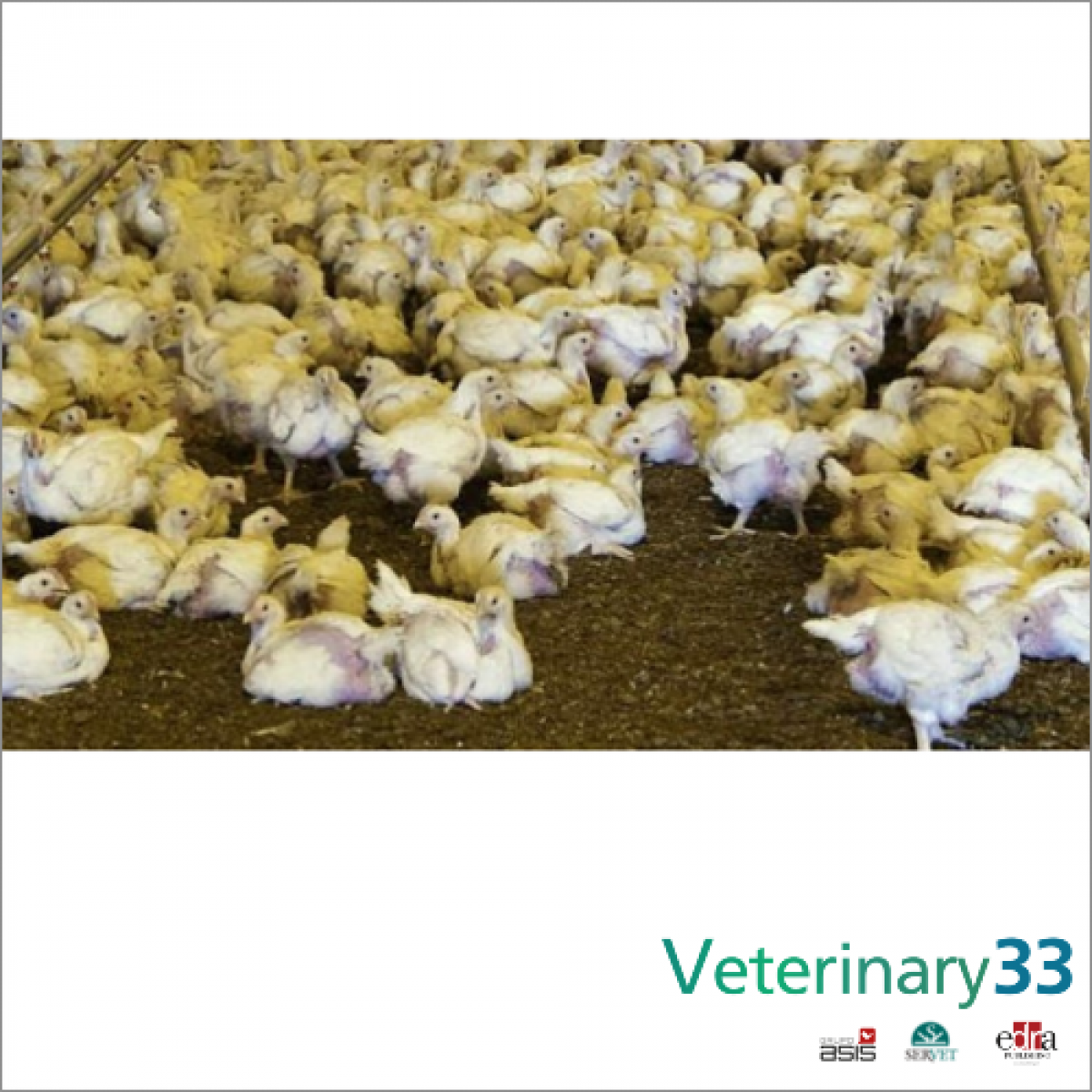

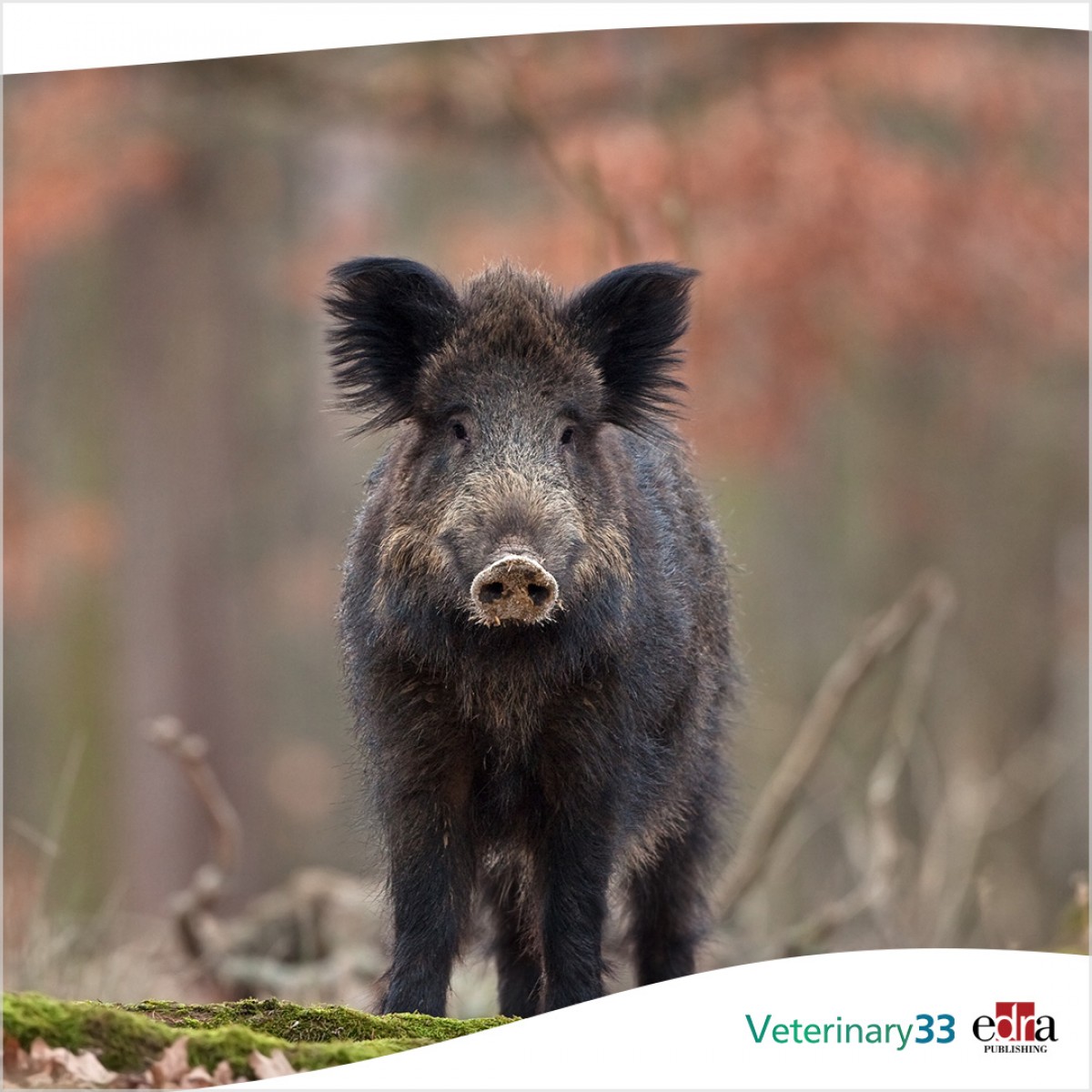
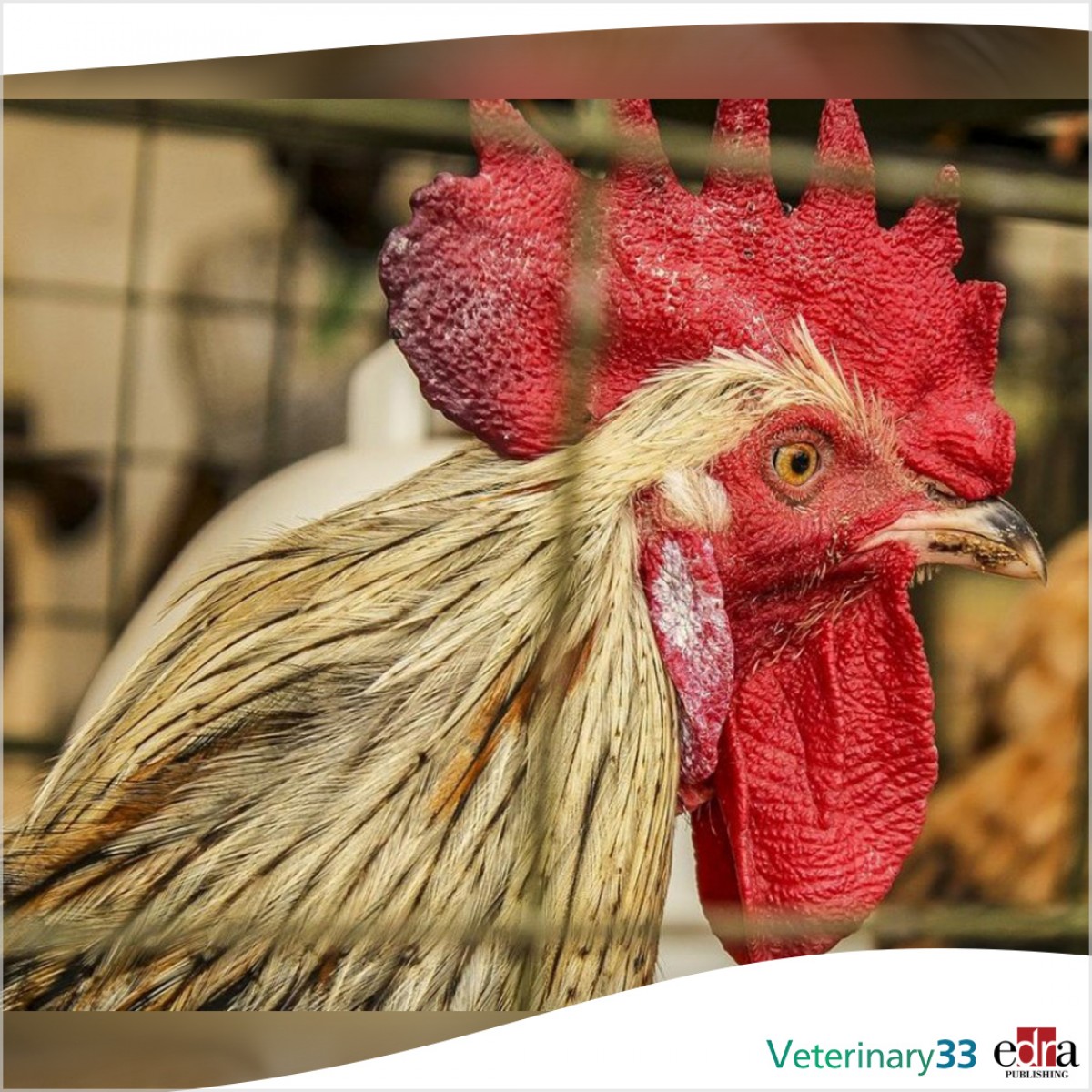
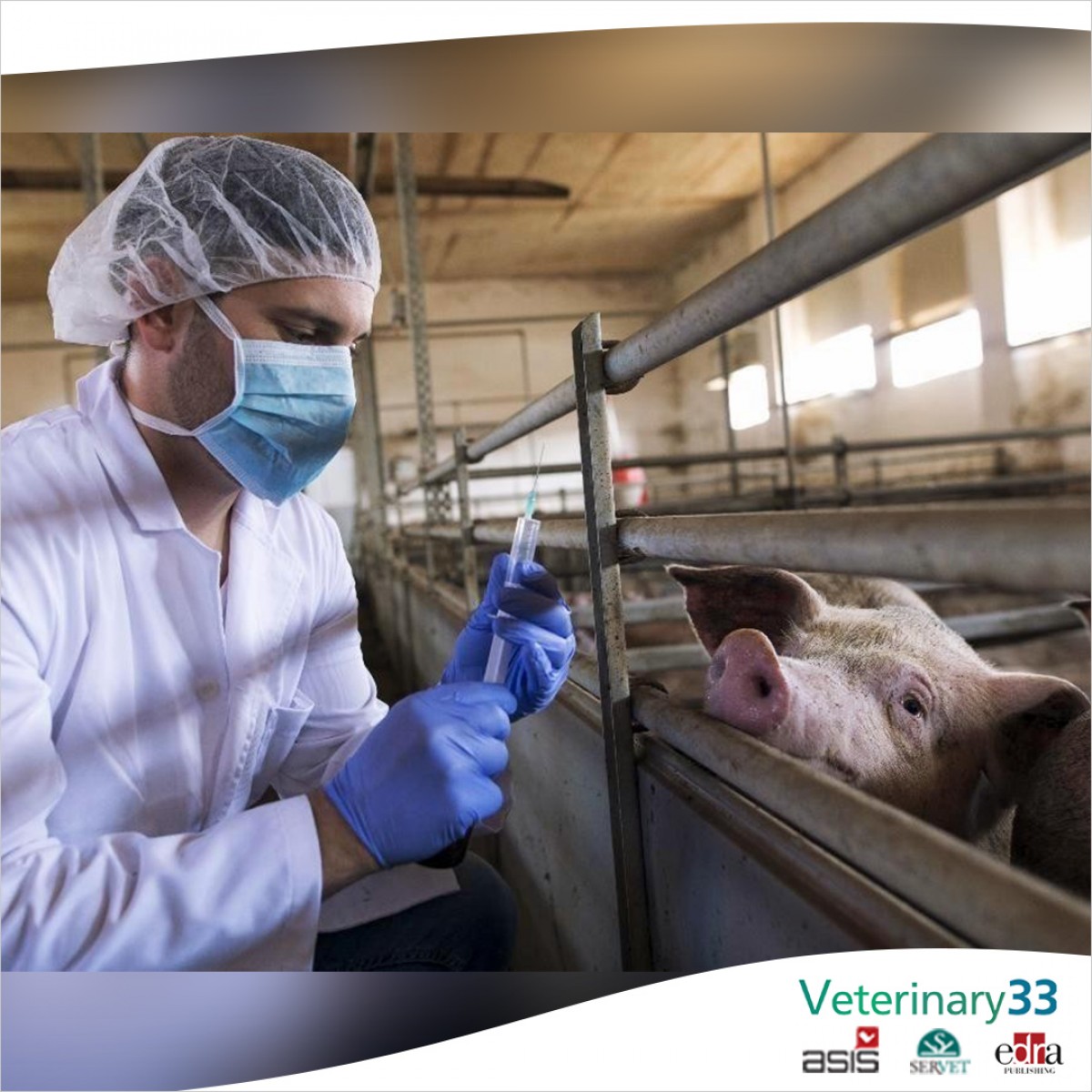
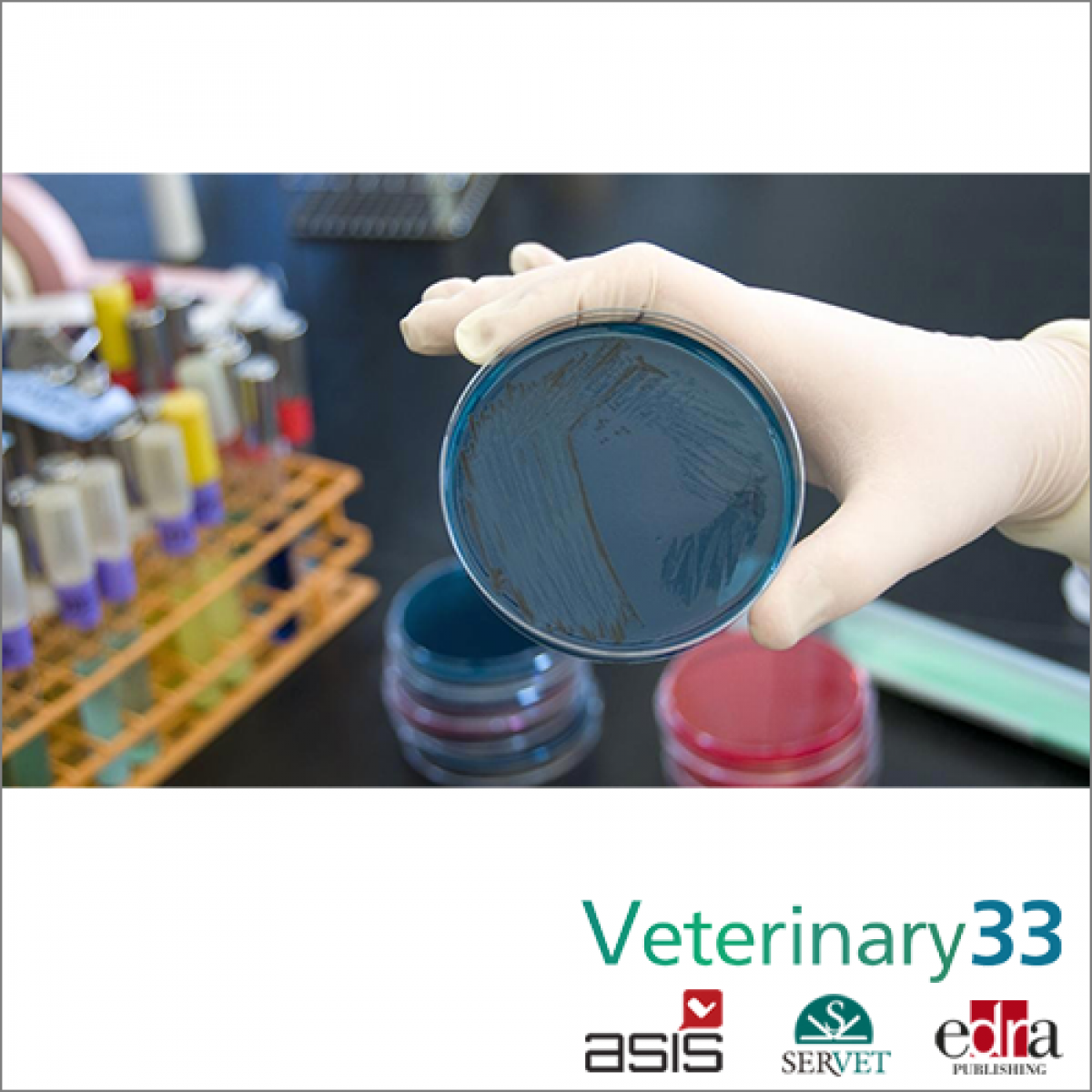
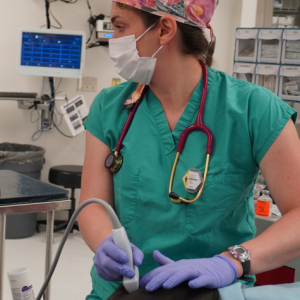
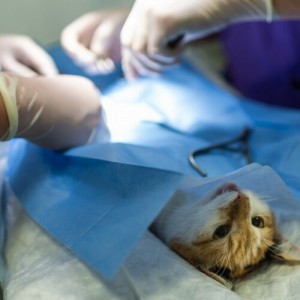
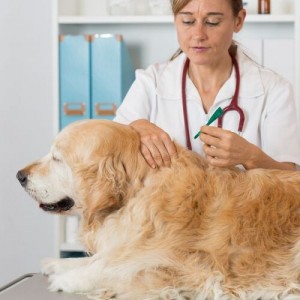
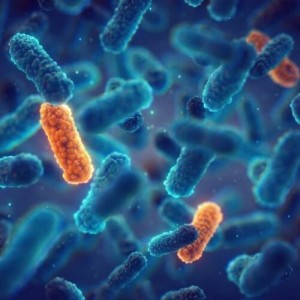

List
Add
Please enter a comment